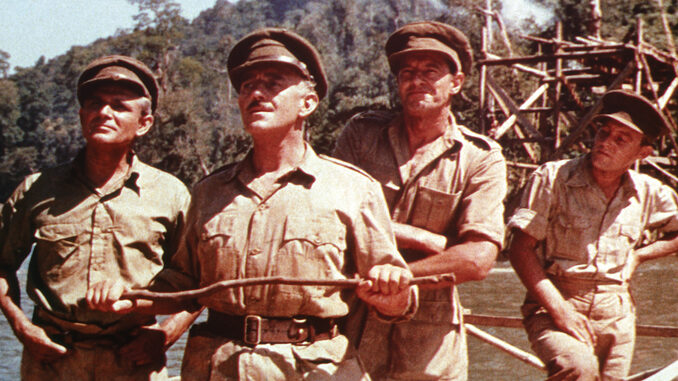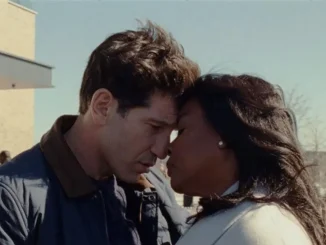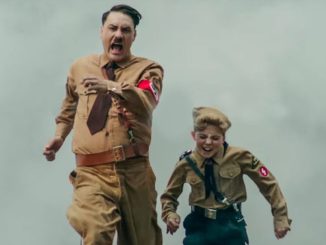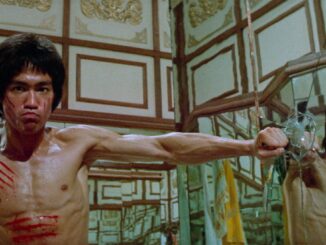
by Jason Rosenfield, ACE
Unlike many of my colleagues, I did not grow up a film nut. I was a sports nut, particularly baseball, and following my parents’ lead, a Gershwin, Sinatra and Broadway musical nut. For me, movies were fun, but nothing like watching the Yankees lose (a rare occurrence) or pretending I was Frank, or Oscar Levant playing “Rhapsody in Blue” before a rapt audience at Carnegie Hall.
Even so, when the lights went down at my hometown movie houses in New Rochelle, I’d gorge on candy and get lost in another kind of fantasy: space yarns, Westerns, war movies (my favorites) and Hollywood spectacles. But like the sweets stuffed into my mouth, the films went down easy and were empty of nourishment.
Then, one fateful night when I was 12, my parents took us to see David Lean’s Academy Award-winning The Bridge on the River Kwai. I’d heard the famous theme song on the radio, and was excited to see yet another Hollywood mega-star, William Holden, win World War II from the dastardly enemy. What I got, though, was totally unexpected. I’m not claiming that I under- stood what I was seeing back then, but the impression it made on me never waned––and I never looked at movies the same way again.
The movie takes place deep in the jungles of Japanese-occupied Burma, where a POW camp commandant, Colonel Saito (Sessue Hayakawa), has been ordered to build a railway bridge over the Kwai River to aid the expansion of the Japanese Empire. While his officers design the bridge, the prisoners, primarily British, are put to work building it. Early on, an American prisoner, Navy Commander Shears (Holden), aided by local villagers, escapes and makes it to safety. There, he is pressured by the Brits to guide a commando unit back to the camp to blow up the bridge.
Back at the POW camp, though, the real battle is going on. Saito runs into unexpected resistance from the ranking British officer, Colonel Nicholson (the incomparable Sir Alec Guinness), who, adhering strictly to the rules of the Geneva Convention, refuses to order his officers to perform manual labor. What ensues is a titanic psychological struggle between the two men. Bound by strict codes of honor, neither will budge.
Saito resorts to threats and torture, but––under orders to have the bridge built within months––he is in no position to wait for his methods to work. However, Nicholson, a hero to his men, would rather die than give in. The outcome is inevitable. There is an unforgettable moment when, after backing down, Saito retreats to his quarters and rages over his humiliation, while Nicholson is carried away in triumph on the shoulders of his troops.
I’d already seen something completely new to me––character development driving the action. There was more to come, though, an unexpected twist that froze in my mind: Lean’s skill at painting intimate portraits of indelible characters on huge canvases.
Nicholson is so determined to demonstrate to the Japanese the superiority of the English, and boost his troops’ morale to boot, that he instructs them to redesign and build the best bridge possible, even to the point of moving the location further downstream to secure more solid footing and cajoling Allied prisoners out of sick bay to help make the Japanese deadline. Guinness builds this character inch by inch, with never a false or forced move or motivation. In his mind, the bridge is no longer Japanese, it is British, beautiful and his. Blinded by hubris, he ignores warnings by his medical officer that his actions are bordering on treason. Inexorably, he transforms his greatest victory into horrifying defeat.
It amazes me that the impact of these characters on my 12-year-old mind was so vivid that when I watched the movie again as an adult, I realized I’d forgotten most of Holden’s role in the story. More importantly, it was the first glimpse I had had into the adult mind. And it fed a nascent hunger in me to become an artist myself, a storyteller, to find the means and the skills to express through my own experiences the human condition.
As I write this, I am editing a two-hour documentary about John F. Kennedy’s Secret Service detail. The story of Camelot, Dallas and the beginning of the end of an era is epic in scope, yet our job is to paint portraits of these men, tortured by 47 years of guilt and shame, that are subtle, nuanced and deeply moving. Kwai was a lesson in focusing on the experience and not the plot, and thankfully it’s something I’ve never forgotten.





